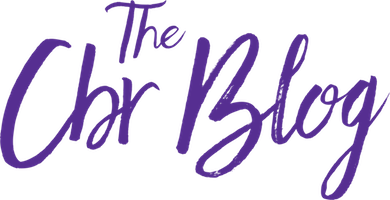Babies communicate as soon as they come out of the womb. How? Crying is the first response you will hear from your baby. The first time you hold and cuddle your baby will be the first profound non-verbal communication you two will share. These verbal and non-verbal cues are part of your infant’s development and the shared bond you create. Cherish every moment.
Before babies acquire verbal skills, they are developing language through cues from you and the people around you. They will pick up on whether you are engaged or not and respond accordingly. They will also try to engage you, so pay attention to their eye contact, smiles, sounds, and the movement of their hands, feet, arms, and legs.
Communication works both ways, so look them in the eyes and really engage with them. Don’t disregard them or look away or talk with someone else while your baby is cooing, laughing, babbling, or doing anything else to grab your attention. Include them in the conversation by responding to them and talking back and gesturing. Show your baby you are genuinely interested in what they have to communicate to you. Try to decipher what different facial expressions and gurgling mean. Smile at them and play with your own facial expressions, tone of voice, and gesturing. See how they respond to your different faces and vocal tones. Be playful and happy to communicate. This will encourage their growth.
Engage your baby in your own activities. Talking about what you are doing and explaining daily activities will help them learn. Talk as you are feeding, dressing, and bathing your little one. Point things out to your baby by naming objects around the house and outside. Read to them, tell stories, sing songs, and recite playful nursery rhymes.
Pay close attention to disengagement cues, as well. For example, when your baby is sleepy and squirms or pushes away. He or she might need sleep or a diaper change.
Babies develop at different times, which means you don’t need to be discouraged if your infant isn’t doing some things that another baby is capable of doing at the same age. However, do be aware of their development and communication skills and talk with your doctor about your interactions.
Here is a breakdown of what type of communication you can expect from your baby by month:
Birth-3 Months
Babies respond well to the sound of your voice. They may smile, laugh, get quiet, and show excitement by waving their arms. Cooing and gurgling sounds and vowels like “ooh” will emerge at around 2 months of age.
4-7 Months
Your baby will start to experiment with different intonations, raising and lowering the pitch of their voice and babbling more. Back of the tongue sounds like “k,” “m,” or “p” may start now, even “hi” and “bye”!
8-12 Months
This is the time all parents get excited for: baby’s first words. It will most likely start as “ba-ba,” “da-da,” or “ga-ga,” then turn into “mama” or “papa” and other words around 12 to 18 months.
18 Months and On
Get ready for your little talker!
Disclaimer: This information is for educational purposes only. Please consult your healthcare provider directly for medical advice, diagnoses, and treatments. If you have specific questions or concerns about your health or the health of your baby, consult your physician.


